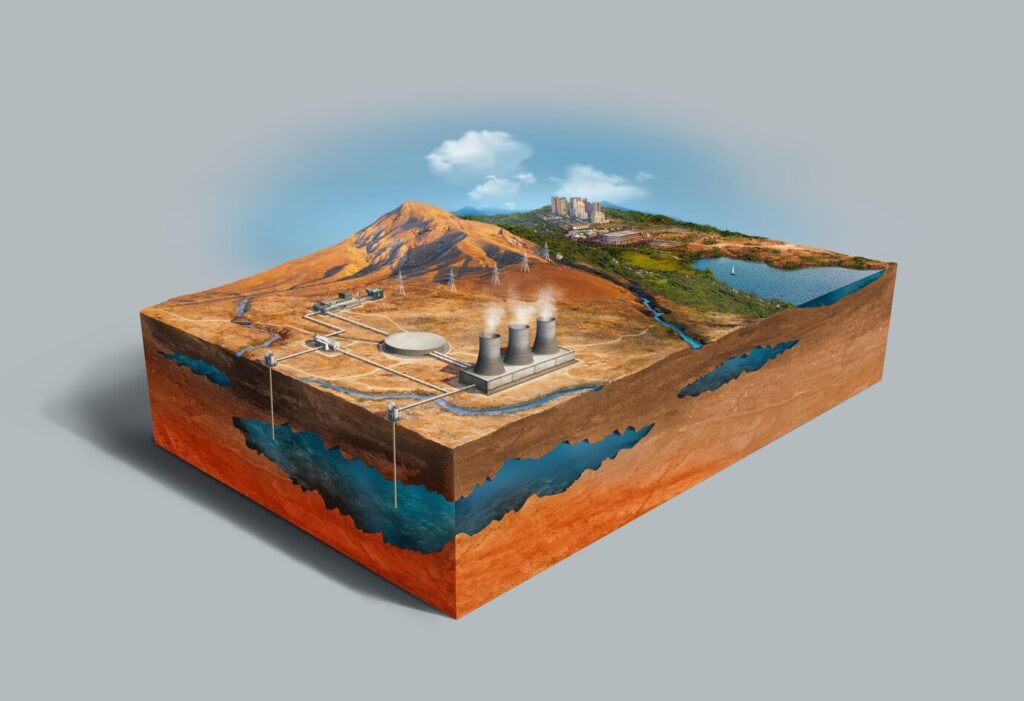
Harnessing Earth’s Heat: Geothermal Power
Geothermal power is a renewable energy source that taps into the Earth’s internal heat to generate electricity and provide direct heating. This energy originates from the natural decay of radioactive materials and residual heat from the planet’s formation, stored in rocks and fluids beneath the surface. By drilling into geothermal reservoirs, heat can be accessed to power turbines for electricity generation or distributed directly for heating applications.


